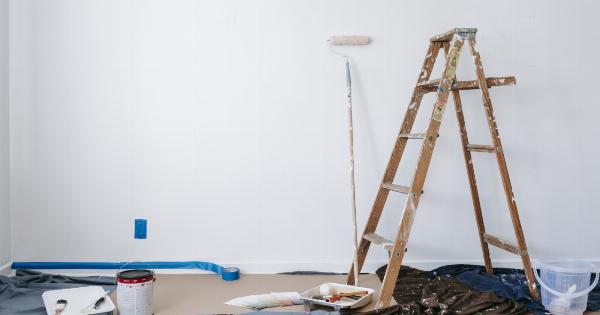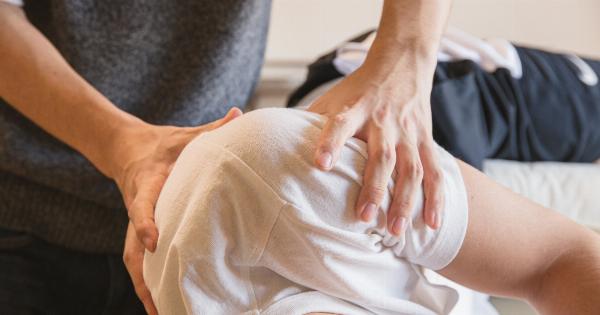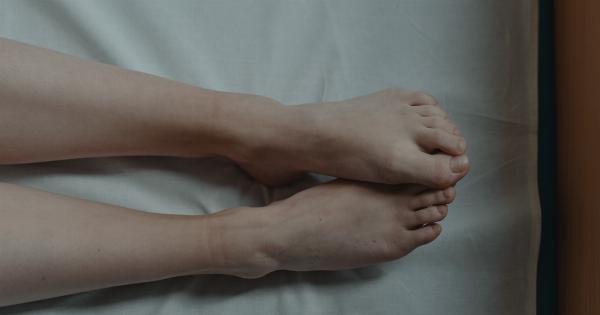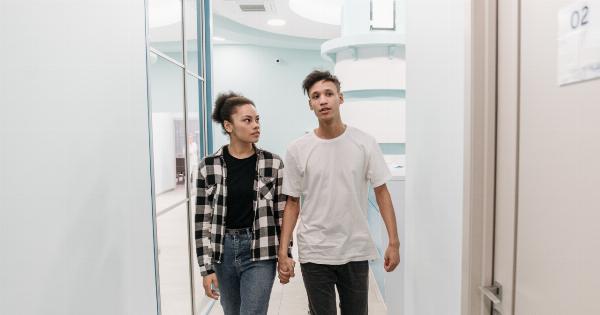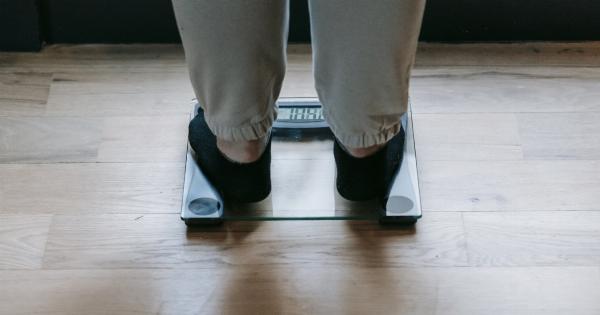Scoliosis is a condition characterized by an abnormal curvature of the spine, causing it to bend sideways. While the spine naturally has some curve, scoliosis occurs when this curvature exceeds the normal range.
This can lead to various symptoms and complications that can affect a person’s quality of life. In this article, we will explore the symptoms and treatments for scoliosis, as well as provide valuable insights into this condition.
Types of Scoliosis
There are different types of scoliosis, classified based on the age at which it develops and the cause behind the condition. The following are the most common forms of scoliosis:.
1. Idiopathic Scoliosis
Idiopathic scoliosis is the most prevalent type, accounting for approximately 80% of all cases. The cause of idiopathic scoliosis is unknown, but research suggests a combination of genetic and environmental factors may contribute to its development.
It commonly affects children and adolescents, with the condition progressing rapidly during growth spurts.
2. Congenital Scoliosis
Congenital scoliosis occurs due to a spinal defect present at birth. It happens when the spine fails to develop properly in the womb. This type of scoliosis varies in severity, depending on the extent of the malformation.
It is essential to diagnose and treat congenital scoliosis promptly to prevent further complications as the child grows.
3. Neuromuscular Scoliosis
Neuromuscular scoliosis is often secondary to other conditions affecting the nervous system or muscles, such as cerebral palsy, muscular dystrophy, or spinal cord injury.
The underlying neuromuscular disorder affects the muscles responsible for spinal support, leading to an abnormal curvature of the spine. Treating the underlying cause is crucial in managing this type of scoliosis.
4. Degenerative Scoliosis
Degenerative scoliosis mostly affects older adults and is typically a result of age-related wear and tear on the spine. As the spinal discs degenerate over time, the vertebrae may shift and cause an abnormal curvature.
Degenerative scoliosis can lead to pain, stiffness, and reduced mobility in the affected individual.
Scoliosis Symptoms
The symptoms of scoliosis can vary depending on the severity of the curvature and the age of the person affected. Common symptoms associated with scoliosis include:.
1. Abnormal Spinal Curvature
The most apparent and primary symptom of scoliosis is the abnormal curvature of the spine. The spine may curve to the side in an “S” or “C” shape, rather than following a straight path.
This curvature is more noticeable when a person bends forward, as it becomes more pronounced.
2. Uneven Shoulders or Hips
Uneven shoulders or hips can be another indicator of scoliosis. One shoulder may appear higher than the other, or one hip may appear more prominent.
This asymmetry is often an early sign of scoliosis and should not be ignored, especially in growing children.
3. Back Pain or Discomfort
People with scoliosis may experience back pain or discomfort, particularly in the area of the curvature. The pain may worsen with prolonged sitting or standing and can impact daily activities and overall well-being.
4. Reduced Range of Motion
In some cases, scoliosis can restrict the range of motion in the spine, making it challenging to bend or twist comfortably. This limitation in movement can affect a person’s ability to perform certain activities or participate in sports.
Diagnosing Scoliosis
Diagnosing scoliosis typically involves a comprehensive evaluation, including a physical examination, medical history review, and diagnostic tests.
During the physical examination, a healthcare professional will look for signs of spinal curvature, muscle imbalances, and other physical abnormalities.
1. Adam’s Forward Bend Test
One common diagnostic test for scoliosis is the Adam’s Forward Bend Test. The individual is asked to bend forward with their feet together and their arms hanging loose.
The healthcare professional will then closely examine the spine for any visible signs of curvature or asymmetry.
2. X-rays and Imaging
To confirm the diagnosis and determine the severity of scoliosis, X-rays and other imaging tests may be ordered. These tests provide detailed images of the spine, showing the shape and extent of the curvature.
They also help identify any underlying structural abnormalities.
Treating Scoliosis
The treatment for scoliosis depends on various factors, including the severity of the curvature, the age of the individual, and the underlying cause. The following are common treatment options for scoliosis:.
1. Observation and Monitoring
If the curvature is minimal and not worsening, regular observation and monitoring may be recommended. This approach is often used for mild cases that do not pose a significant risk to the individual’s health.
Regular check-ups and X-rays are necessary to ensure the curvature is not progressing.
2. Bracing
For children and adolescents with moderate scoliosis, bracing may be prescribed. A brace is a customized external device designed to hold the spine in a straighter position and prevent further curvature progression.
Bracing is most effective when used while the individual is still growing.
3. Physical Therapy and Exercise
Physical therapy and targeted exercises can help alleviate pain, improve muscle strength, and increase flexibility in individuals with scoliosis.
A physical therapist can design an exercise program focusing on core-strengthening exercises and stretches tailored to the individual’s specific needs.
4. Surgery
In severe or rapidly progressing cases of scoliosis, surgery may be recommended. Spinal fusion is the most common surgical procedure for scoliosis. It involves connecting two or more vertebrae to reduce the curvature and stabilize the spine.
Surgery is typically reserved for cases where the curvature is greater than 40-50 degrees and conservative treatments have been ineffective.
Living with Scoliosis
Scoliosis is a lifelong condition, and while it may affect an individual’s physical appearance and daily life, there are ways to manage and cope with it. Here are some tips for living with scoliosis:.
1. Regular Exercise
Engaging in regular exercise is crucial for maintaining overall spinal health and flexibility. Low-impact exercises such as walking, swimming, or yoga can help strengthen the muscles supporting the spine and improve posture.
2. Good Posture
Practicing good posture can provide relief from discomfort and help maintain a straighter alignment of the spine. Individuals with scoliosis should be mindful of their posture when sitting, standing, and lifting heavy objects.
3. Supportive Seating and Bedding
Investing in supportive chairs, cushions, and mattresses can help provide comfort and maintain proper spinal alignment. Ergonomically designed products can reduce pressure on the spine, promoting better posture and minimizing pain.
4. Emotional Support
Living with scoliosis can be emotionally challenging, especially for adolescents. Seeking emotional support from friends, family, or support groups can help individuals cope with the emotional impact of scoliosis.
Conclusion
Scoliosis is a complex condition that can affect people of all ages. Recognizing the symptoms and seeking timely medical attention is crucial for effective diagnosis and treatment.
Whether through observation, bracing, physical therapy, or surgery, managing scoliosis requires a multidisciplinary approach and an understanding of individual needs. With proper care and support, individuals with scoliosis can lead fulfilling lives while managing their condition.










